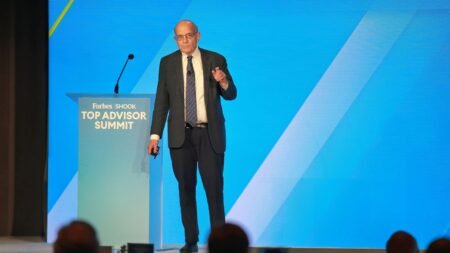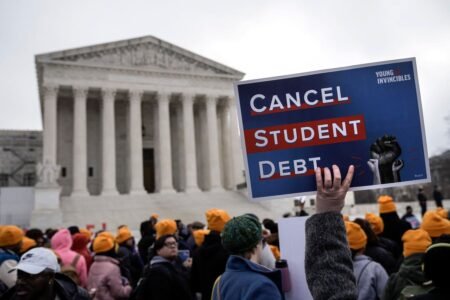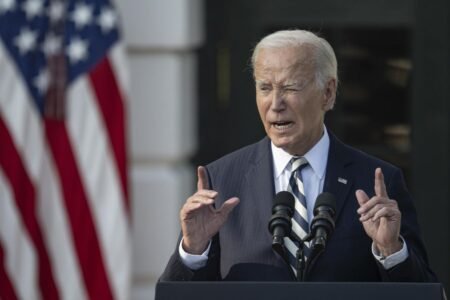The Biden administration introduced the Saving On A Valuable Education (SAVE) Plan to assist borrowers in repaying their student loans, offering $0 monthly payments and forgiveness after 20 or 25 years of repayment. However, its implementation was blocked by U.S. appeals courts in July, leaving 8 million borrowers in forbearance. While on forbearance, borrowers are making $0 payments and their loans are not accruing interest.
With the SAVE plan paused, borrowers are advised to focus on improving their financial health. Wealth advisor Jack Wang recommends allocating loan payments to a savings account or using the money saved to pay off other debt. Leah Young suggests using the pause on payments to save for a down payment on a home or other financial goals. It is important for borrowers to account for these funds in their budget to avoid financial strain when payments resume.
Borrowers pursuing Public Service Loan Forgiveness (PSLF) on the SAVE plan face additional challenges with the suspension of payments potentially delaying forgiveness. Young advises those seeking PSLF to consider switching to the Income-Based Repayment (IBR) Plan, and potentially buy back months of PSLF credit for time spent in forbearance. The U.S. Department of Education also allows borrowers to cover past months not counted as qualifying payments due to forbearance.
If the SAVE plan is ultimately ruled unconstitutional, borrowers should explore other repayment options such as the Pay As You Earn (PAYE) Repayment Plan or the Income-Based Repayment (IBR) Plan. Using the Loan Simulator at Studentaid.gov can help borrowers determine their new monthly payment under different repayment plans. Making adjustments in their monthly budgets can also help borrowers prepare for potential changes in their student loan repayment plan.
While the future of the SAVE plan remains uncertain, borrowers are advised to consider their options carefully and weigh the risks of staying on the plan against potential alternatives. Making gradual adjustments now can ease the transition when payments resume, and borrowers should be prepared for any outcome, including the possibility of the SAVE plan being struck down completely.











